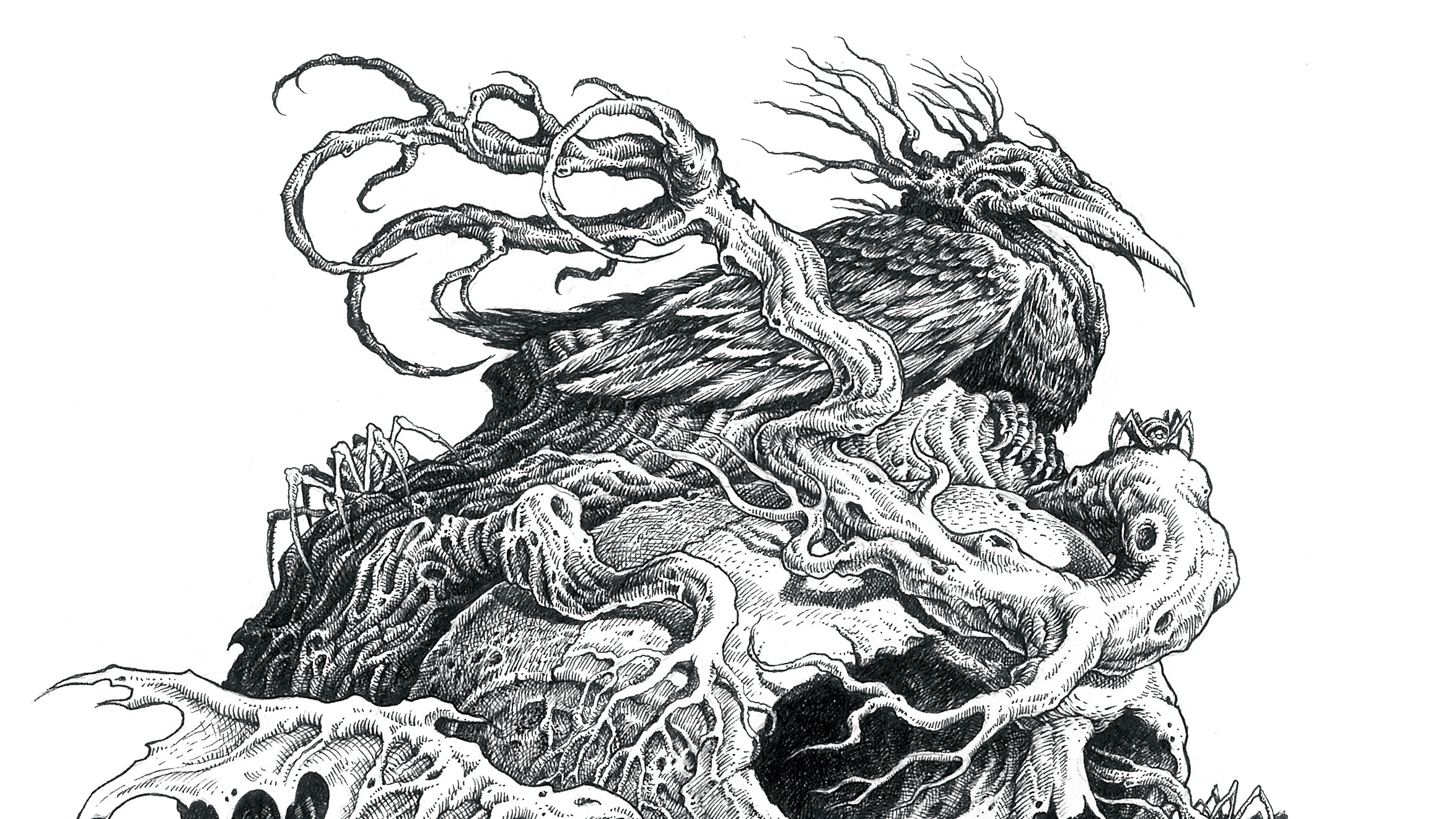8 tips for beating animation deadlines
Discover how to work smarter, not harder, to create awesome animations quickly.
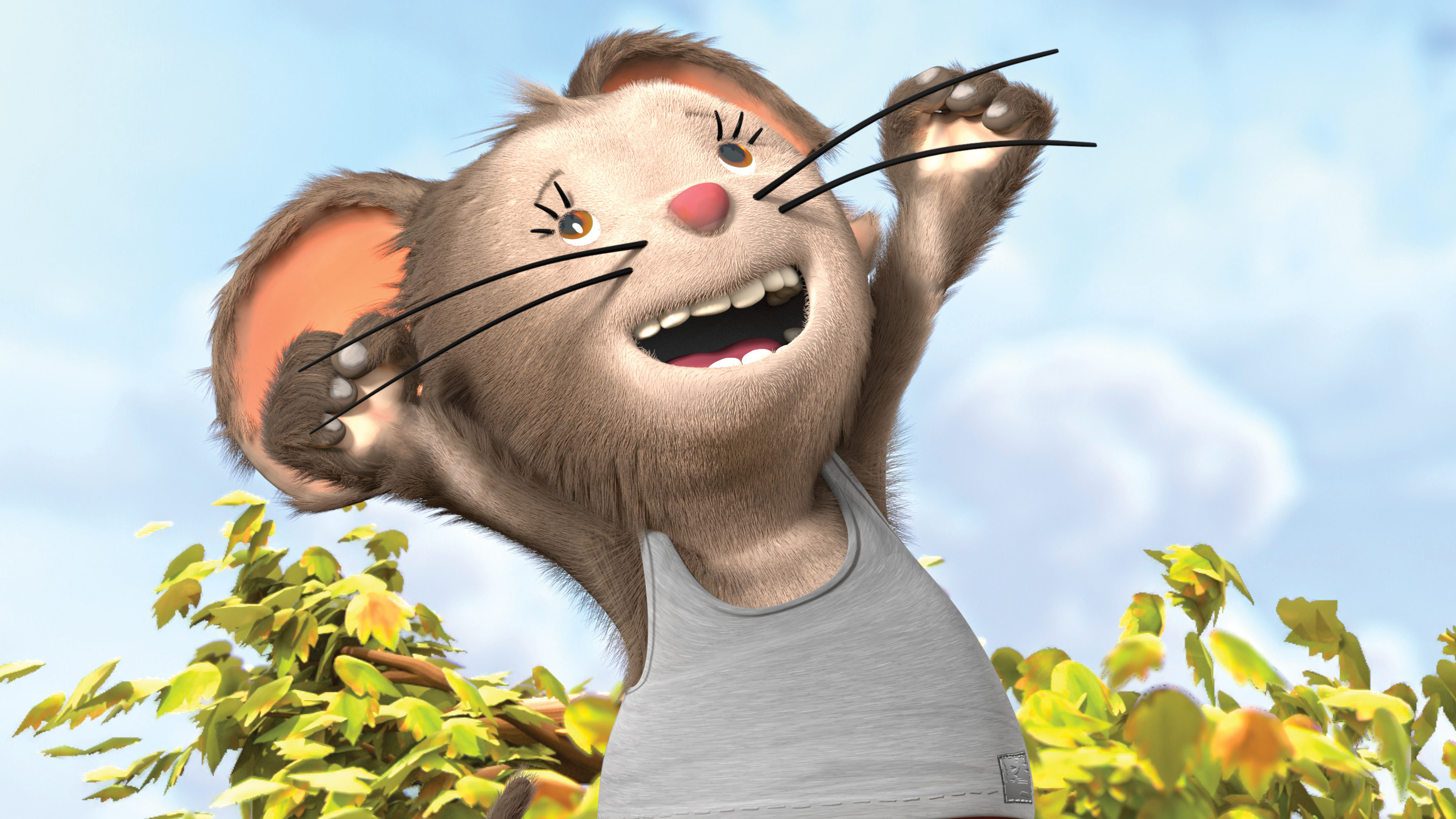
Use the right structure and methodological approach, and you can make fast turn-around animation look great. It’s all about working smarter, not harder, and getting more out of the early stages of animation rather than delaying the inevitable and trying to fix things later.
By understanding the underlying basics and principles of animation, you can bypass a lot of the time spent tweaking the perfect animation, trying to retrospectively fix animation that’s fundamentally wrong from the start.
Here are eight tips for reliably producing great animations to very tight deadlines.
01. Use your time wisely
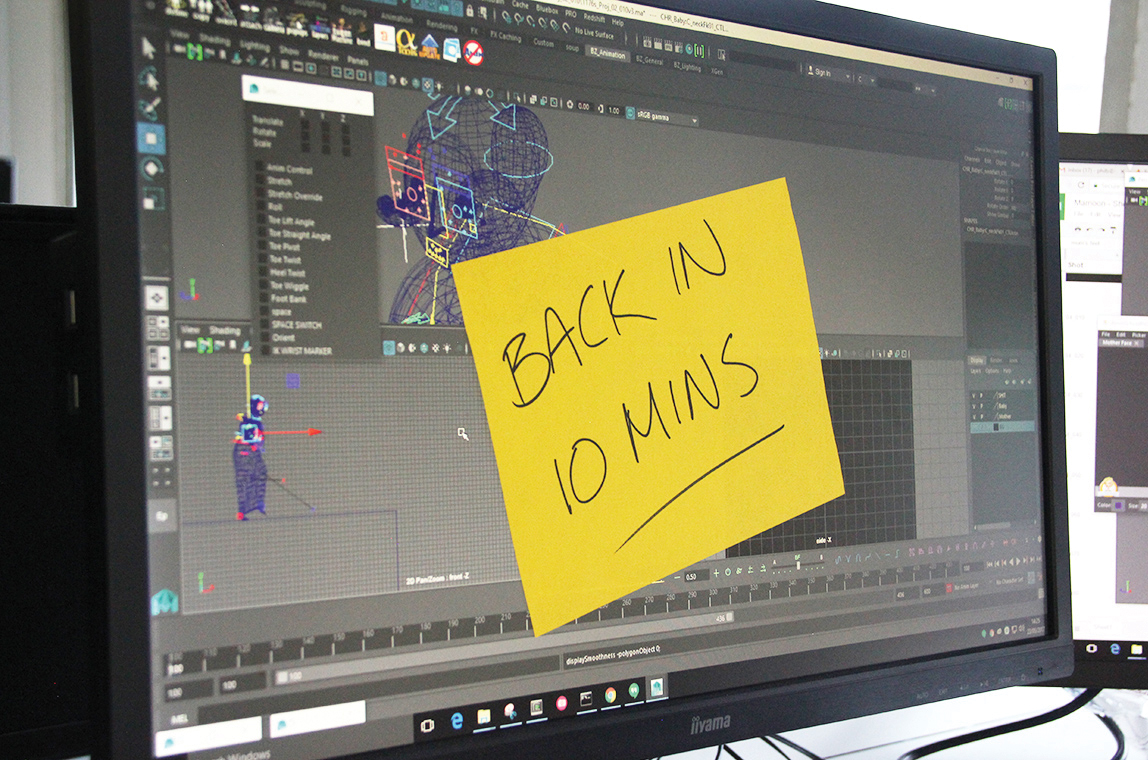
We all get lazy and can waste some time here and there, but there really should be no reason why there is a struggle to finish off the shots we have in time.
Maintaining a clean work method is key, as is working in short blasts of energy, with breaks in between. You might be able to work hard for a good 45 minutes to an hour non-stop, with full focus. Have a break for 10 minutes, and come back at it when you're good to go again. Working in blasts means you'll end up finishing more animation.
Say you’ve worked on five shots today. Don’t stay late into the night trying to finish up the sixth, because you will come in exhausted tomorrow and be unable to do decent work. If you feel you can go on for a little bit longer and finish the sixth shot off quickly, do that; if not, call it a day and come in with a fresh set of eyes the next day. (Of course, this guideline only applies if you're on schedule.)
02. Keep things simple
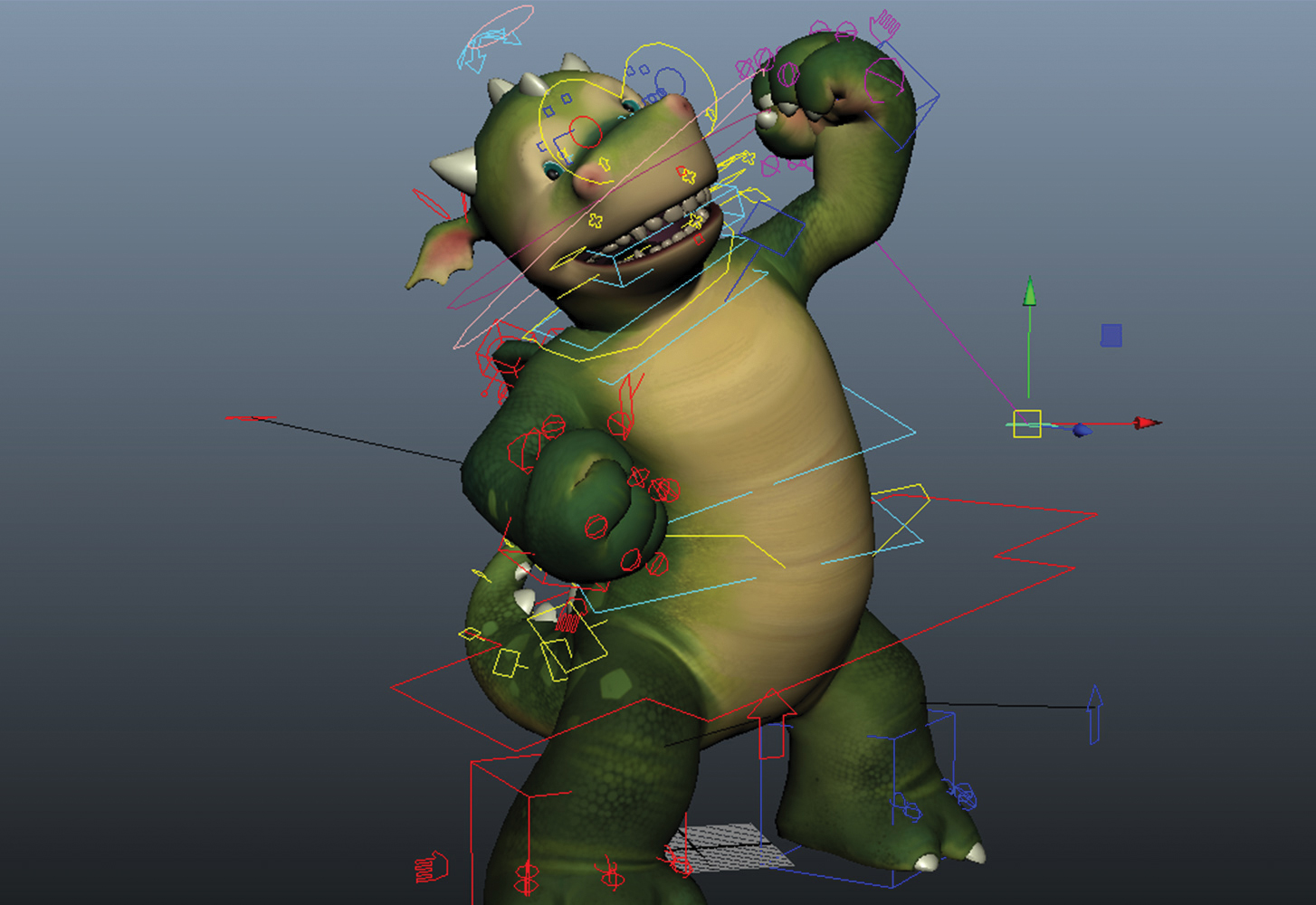
Make life easy for yourself and make your motions simpler. Avoid space-switching (world vs local) and IK/FK blending if possible. Try to figure out what is the best set-up for your shot and keep it that way.
Animate smart by hiding or un-referencing what you’re not working with. Focus and don’t give yourself excuses.
And when you’re working, keep things clean for when you might need to make changes, or in case someone needs to open your shot in the future.
03. Identify trends in your work
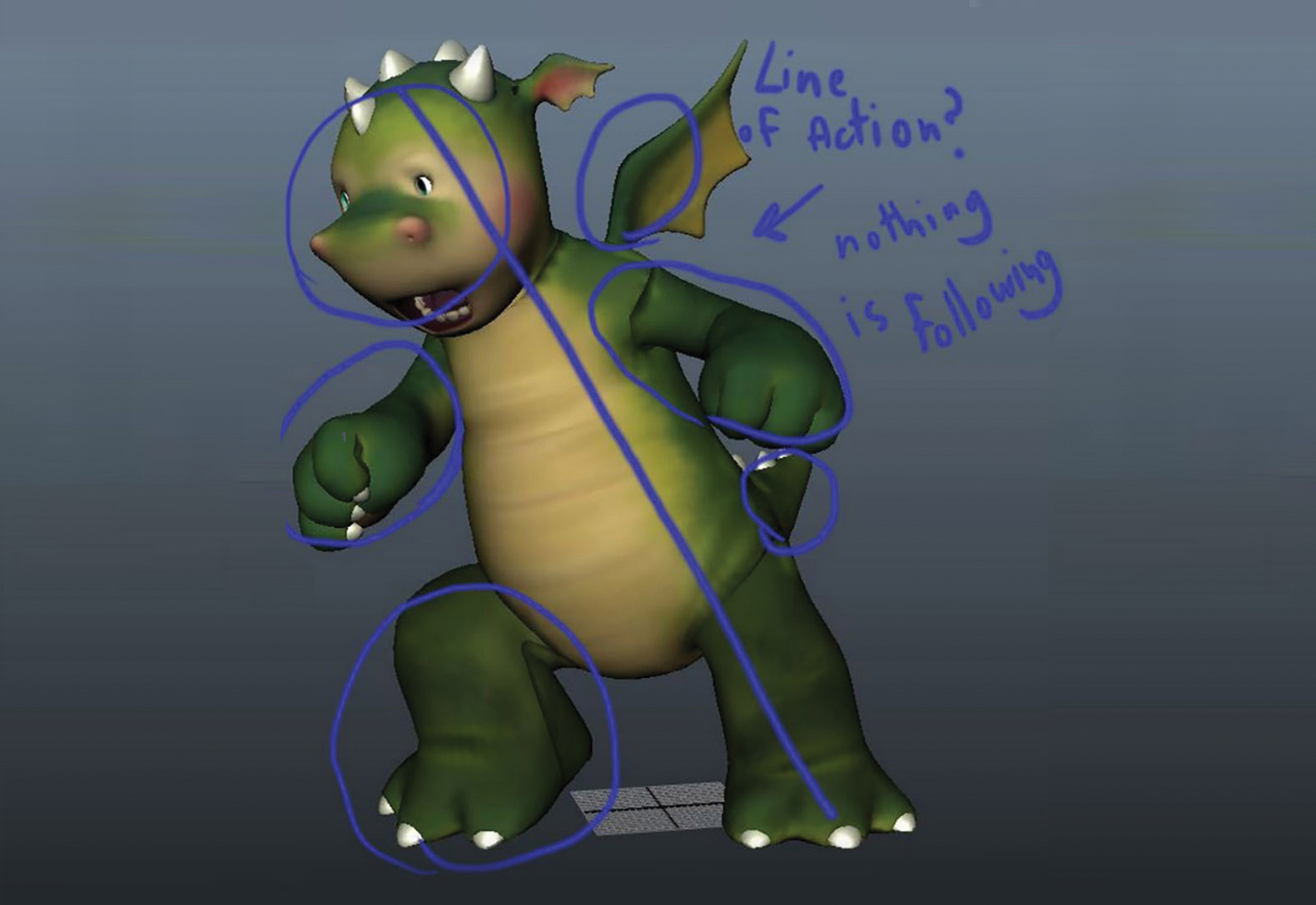
Noting down every flawed frame in your animation is great for really polishing a shot, but doesn’t actually help you improve much as an animator. A better approach is to identify (or have someone else identify) a common trend in your work.
You might notice that you tend not to have very strong anticipations, for example. Once you’ve made a note of this, you can go into your next sequence focusing on correcting that one trend. After a while, it will work its way into your animation muscle memory, and you can look back over your work and find a new trend to work on.
04. Aim for one pose per emotion
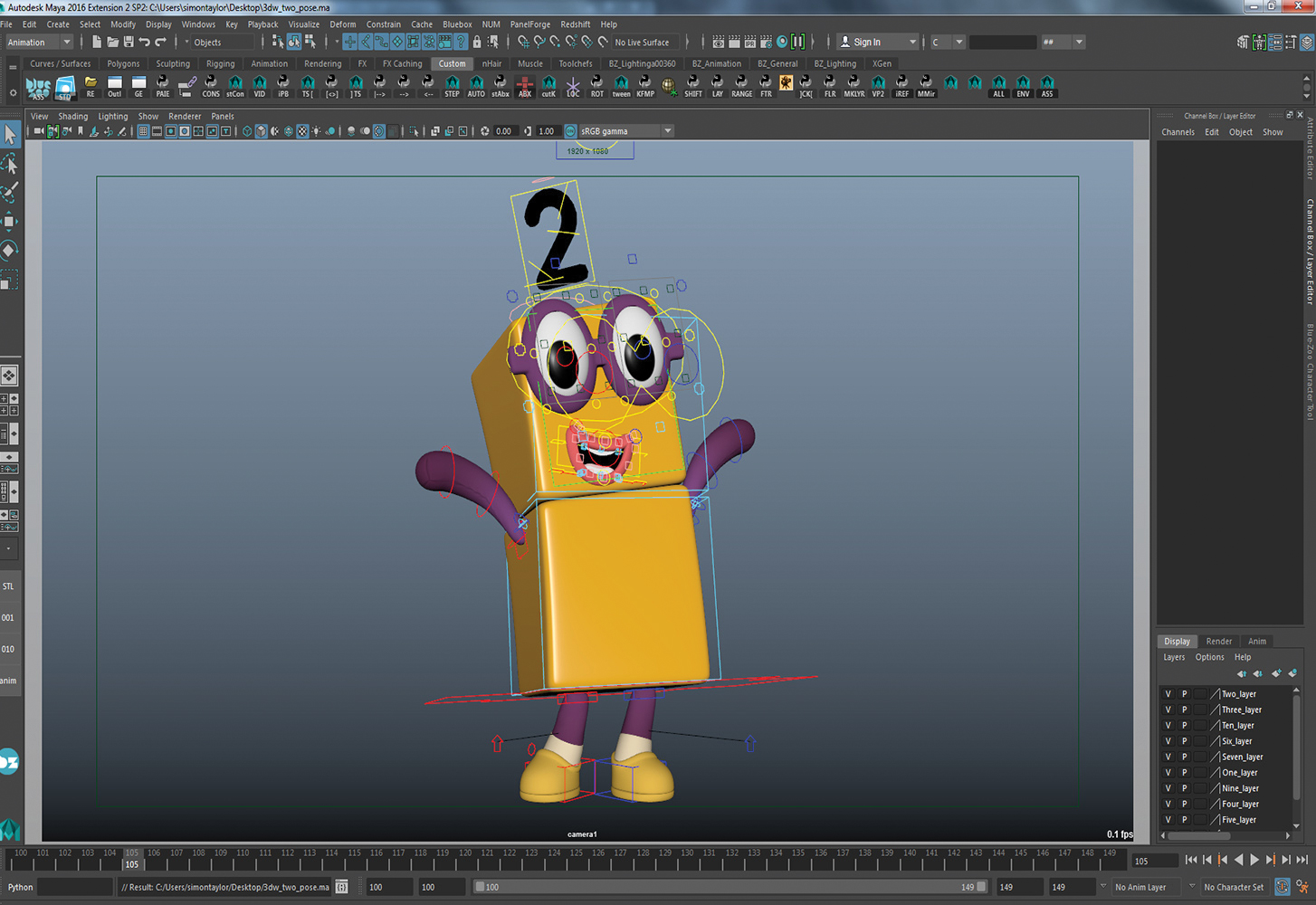
An easy trap to fall into is thinking that you need a new pose for every accent in the dialogue, then ending up with a shot that is over-animated and messy.
Instead, listen for changes in emotion and create just one pose per emotion. For example, if the character is happy, put them in a happy pose and keep them there until they become sad or angry or whatever the next emotion is.
To take this further, look for more subtle changes in emotion. For example, there might be moments when the character goes from happy to really happy. In this case, you might just switch to a more pushed or extreme version of your existing pose.
Use these ups and downs within a single emotion to keep the character alive if you need to, then only create a new pose if the emotion changes into something new.
05. Focus on the face
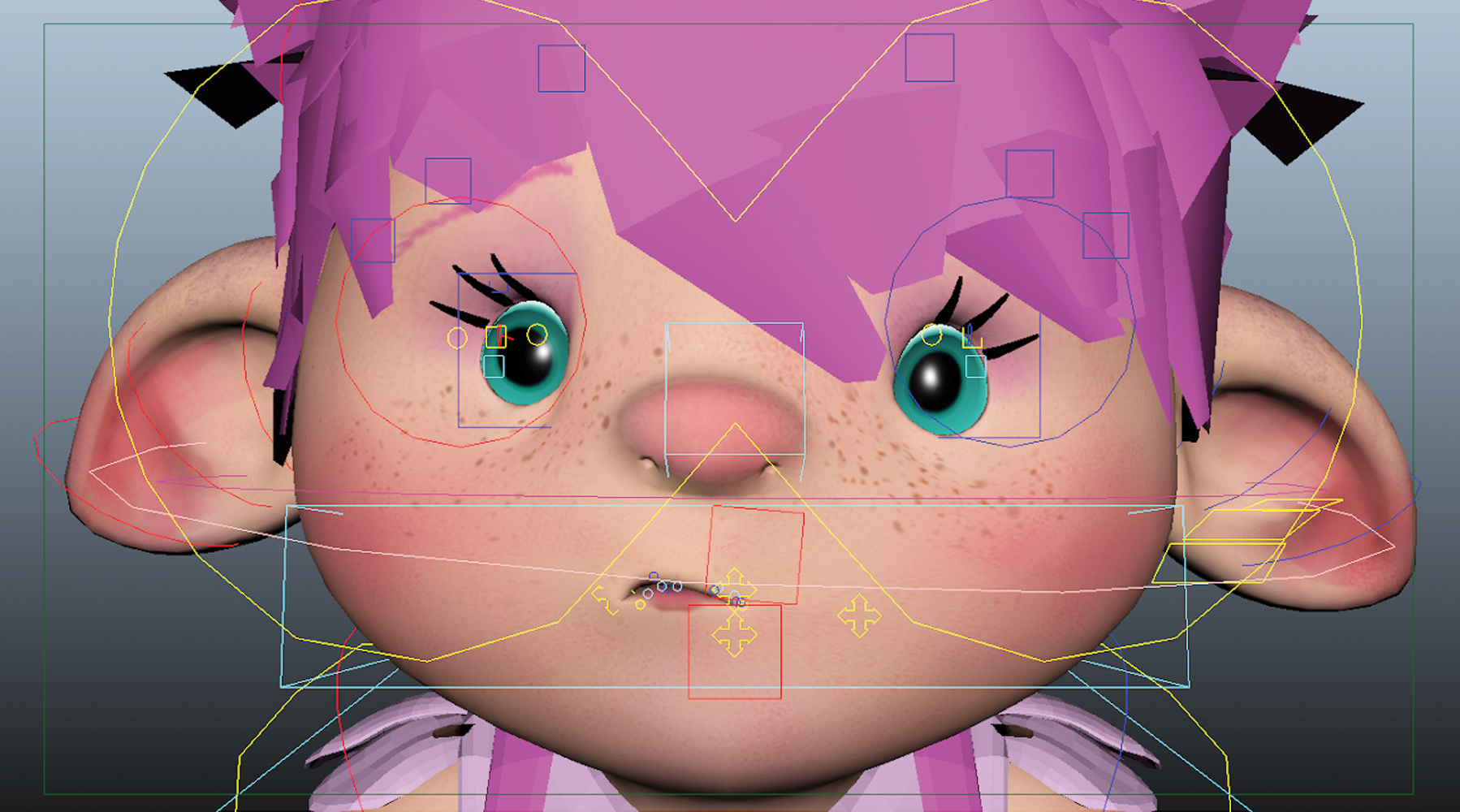
A lot of animators animate the body brilliantly, but then come to the face and make it robotic and basic. This is the most important part of the performance, so don't brush over it.
Put keys and breakdowns in the face just as you would the body. The energy you get and the consistency of the pose looks so much better if you treat the face as just as important (if not more) than the body while you are laying out your poses.
So if you're on frame one, and adding a pose, also add the pose that mouth shape is in, and the facial expression with it. Lip sync and facial animation shouldn’t be a pass you add on top, but a key foundational part of the main shot structure. Most of the time people watching your animation will stare at the face, so put the effort there.
06. Use a timing template
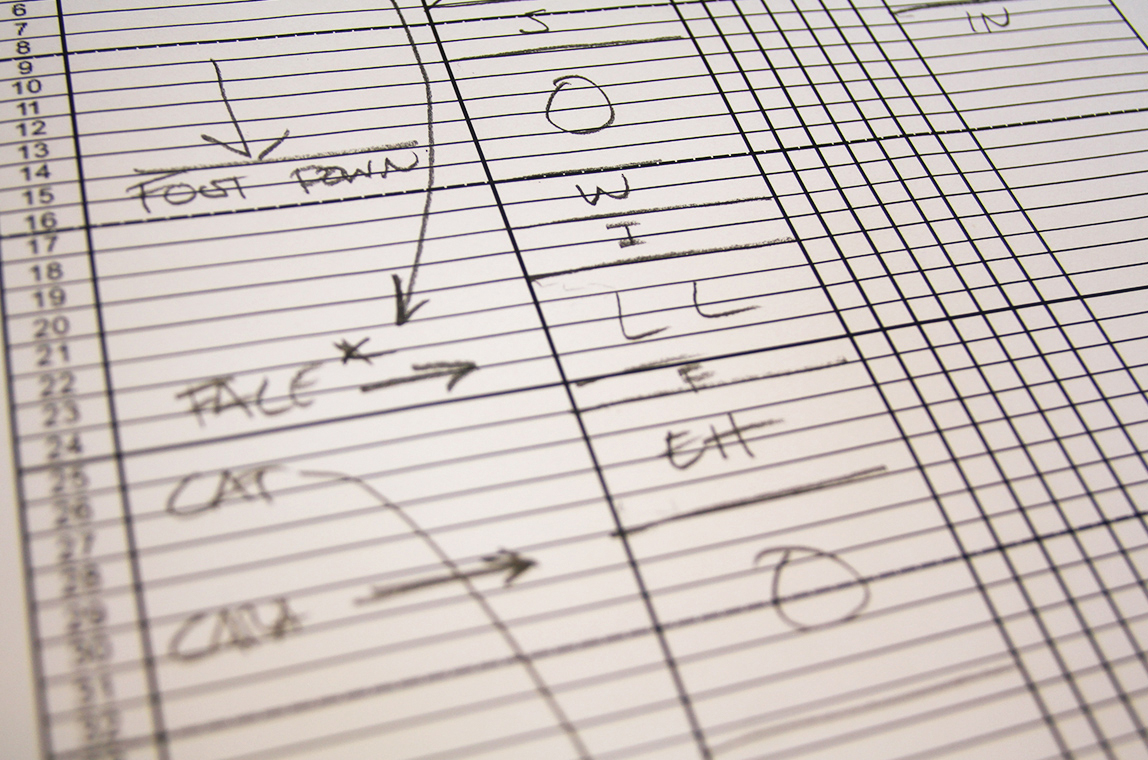
Detailed dopesheets – those old classic animation sheets of paper that have notes and numbers scribbled all over the place – sound old school. You may be more naturally drawn to using a fancy part of a 3D package that shifts keys around.
However, animating shots according to dopesheets works surprisingly well. Dopesheets give you a pattern of timing that works as a guide and template, and can help you to speed up your animation process. If all goes well, you won't need to rely on playblasts or real-time playback to check that your timings are working.
Every shot is different, but this is a simple way of timing a standard dialogue shot that works most of the time. Go grab a dopesheet and try to work with it and see how things were done before computers and playblasts came in.
07. Avoid complicated breakdowns
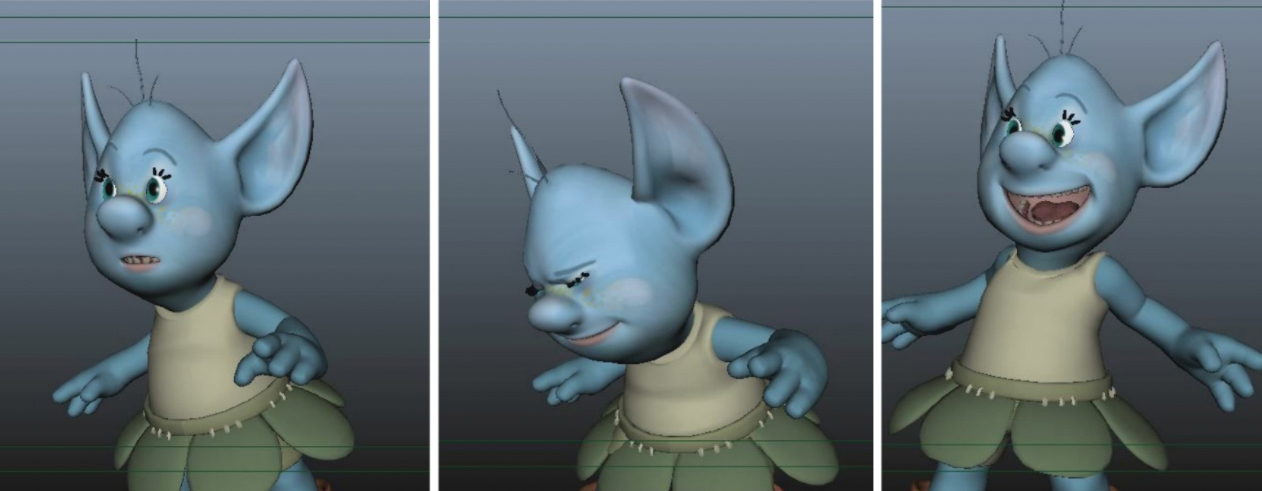
Don’t waste time trying to work out a complicated breakdown that may not work.
If you’re tight for time, take your two poses and get one pose smack in the middle that is a linear tweened pose. By flipping between the three poses, you focus on the main thing (usually the hips).
If Pose A is leaning left, and pose B is leaning right, the breakdown between those two has only two options of where to go, either up or down. Using an arc in the motion, take the hips down (or up) in a nice arc and watch how the motion is now more interesting.
08. Create an acting library
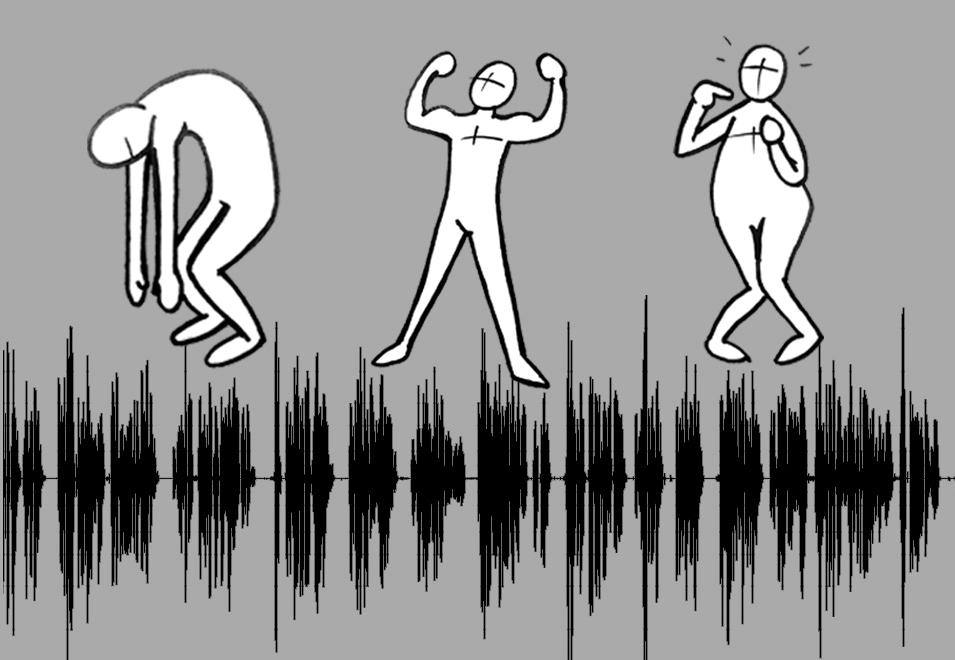
One tip that's always repeated to animation students is to act it out and use video reference – but the truth is that tight schedules don’t often allow time to shoot reference material.
So how can you get good acting? Spend time outside of work studying people and films – you can learn more from them than from your own video reference or an animation class. Learn to observe and collect information in your head so it’s accessible to you when you need it. In this way, build your own acting library in your head.
Then when you're working you can listen to the shot’s audio a number of times, and pull out a pose from the acting library in your head that matches up.
This article originally appeared in 3D World issue 224. Buy it here.
Related articles:

Thank you for reading 5 articles this month* Join now for unlimited access
Enjoy your first month for just £1 / $1 / €1
*Read 5 free articles per month without a subscription

Join now for unlimited access
Try first month for just £1 / $1 / €1
Get the Creative Bloq Newsletter
Daily design news, reviews, how-tos and more, as picked by the editors.
